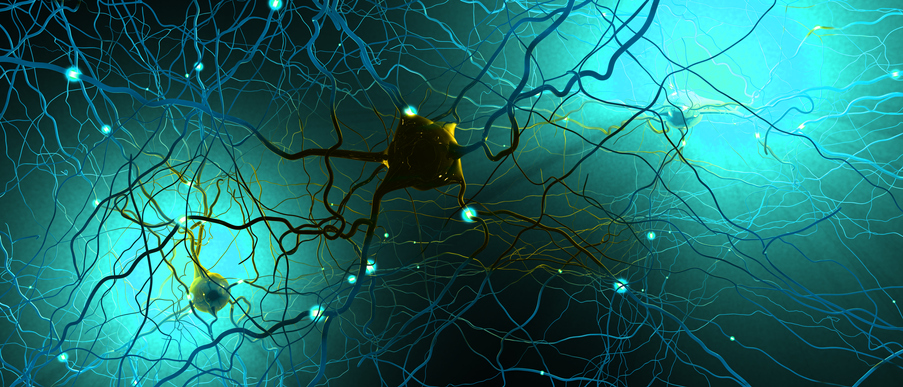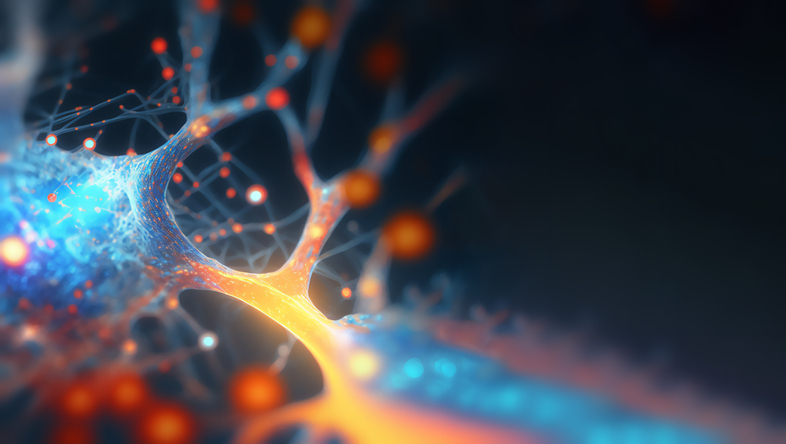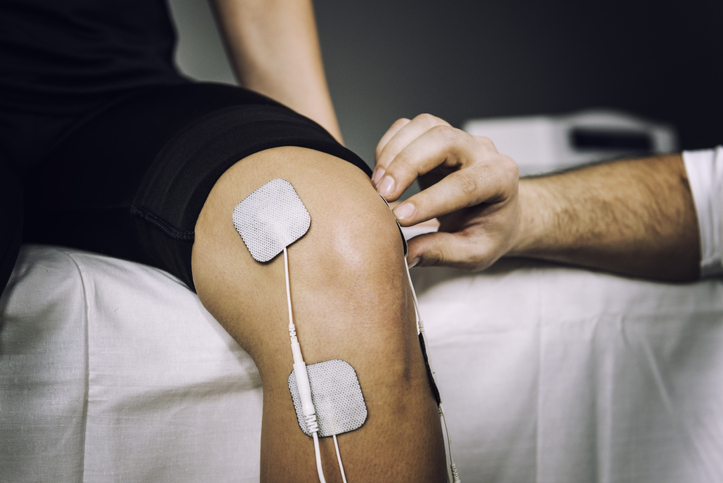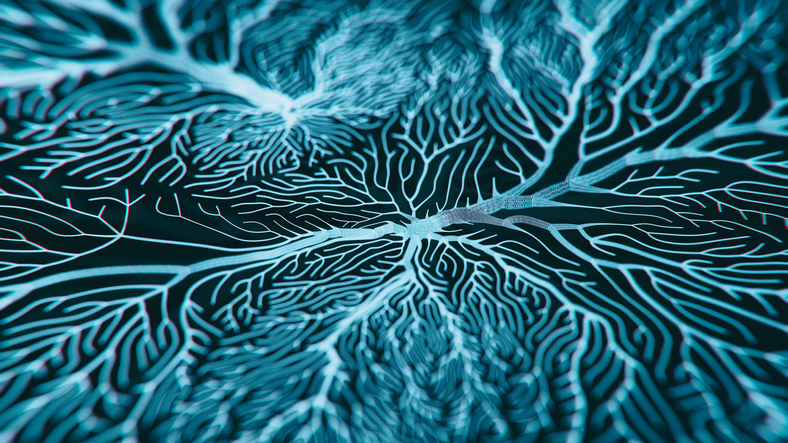Pain
Understanding the Anatomy of Nerve Pain

How does the nervous system work?
The nervous system is responsible for delivering critical signals throughout the body. The spinal cord is the nerve center of the body; nerves from all over the body enter and exit through the spinal cord. It transfers signals from the brain to the nerves and from the nerves to the brain. Exactly 31 pairs of spinal nerves exit the spinal cord via openings located between the vertebrae. Nerve roots are located where the nerves exit the spinal cord. These nerve roots then spread and split into numerous, smaller peripheral nerves that control different parts of the body.
Peripheral nerves are classified as either motor nerves or sensory nerves:
- Motor nerves extend to the muscles and stimulate muscle contraction and movement. They are comprised of nerve fibers, called motor fibers.
- Sensory nerves respond to stimuli and sensations, such as pain, hot or cold. They are also comprised of nerve fibers, called sensory fibers. These sensory fibers are either mechanoreceptor which sense movement and pressure or nocicepter which sense tissue damage.
What is nerve pain?
Neuropathic pain occurs when the peripheral nerves or the central nervous system are damaged. Peripheral neuropathy usually begins in the longest nerves of the body, such as the feet and hands. As the condition progresses, it moves up the arms and legs.
Because the spine and nerves are intertwined and work together, issues in the spine can cause nerve pain. Lumbar herniated disc is a common form of nerve pain that occurs when a disc between the vertebrae herniates and puts pressure against a spinal nerve root. Once the nerves become damaged and neuropathy becomes an issue, false signals are sent from the peripheral nervous system and central nervous system to the spinal cord and then to the brain.

















